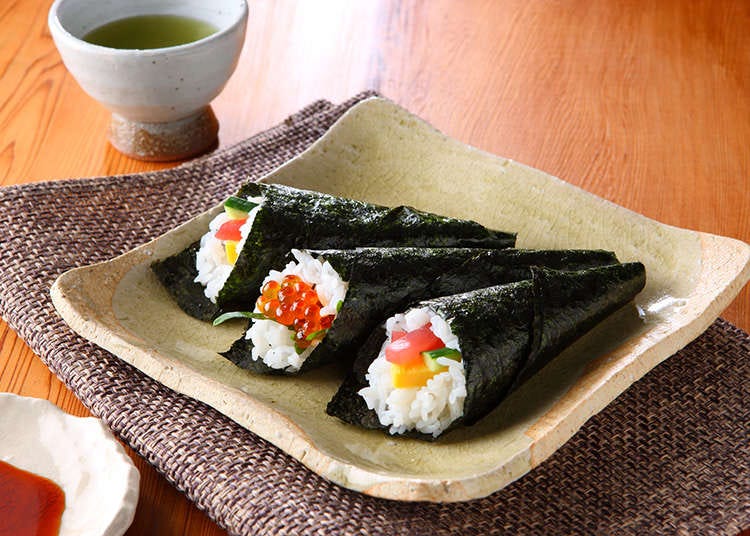The History of Japanese Cuisine
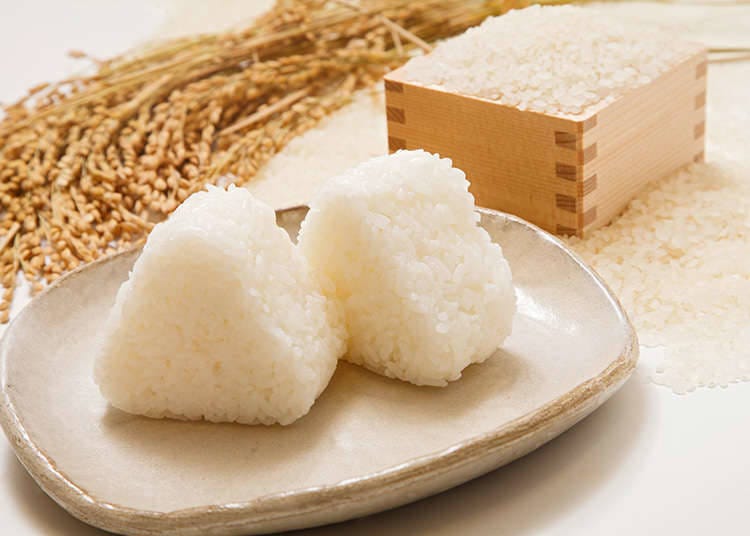
Rice cultivation was already occurring in Japan by the 3rd century B.C., and the people were already finding ways to cook. Through Buddhism, fried food and tea also spread to Japan, and karaage(fried chicken) and fermented items such as natto (fermented soy beans), were being eaten over 1000 years ago. By the Edo period, local food such as the lucky "Edo Cuisine" was developed. The culture of not eating meat changed with the influence of western cultures, and more and more original Japanese dishes were created.
The "One Soup, Three Side Dishes" Custom
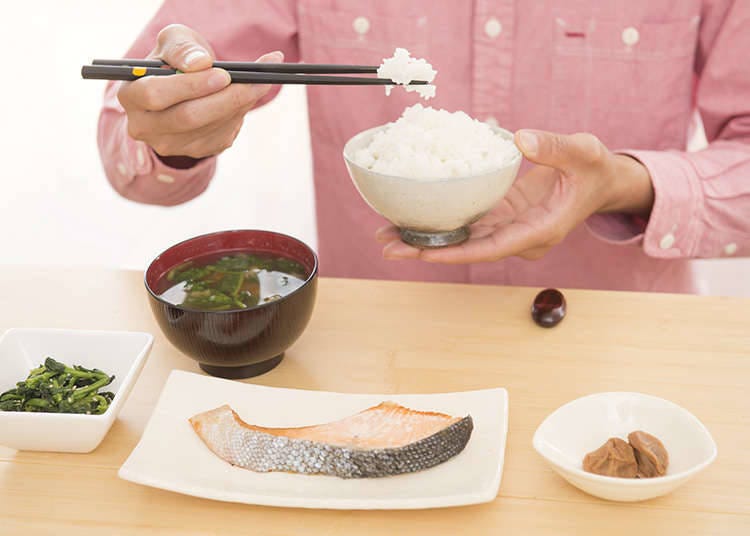
The standard form of Japanese cuisine is a menu that incorporates one soup and three side dishes. This menu is comprised of one soup dish, one main dish, and two side dishes. The main dish is a dish with fish, meat, or eggs. The side dishes mainly include those made from vegetables or beans, such as "tofu". With this system, you can eat a variety of food in just one meal.
Seasonal Foods
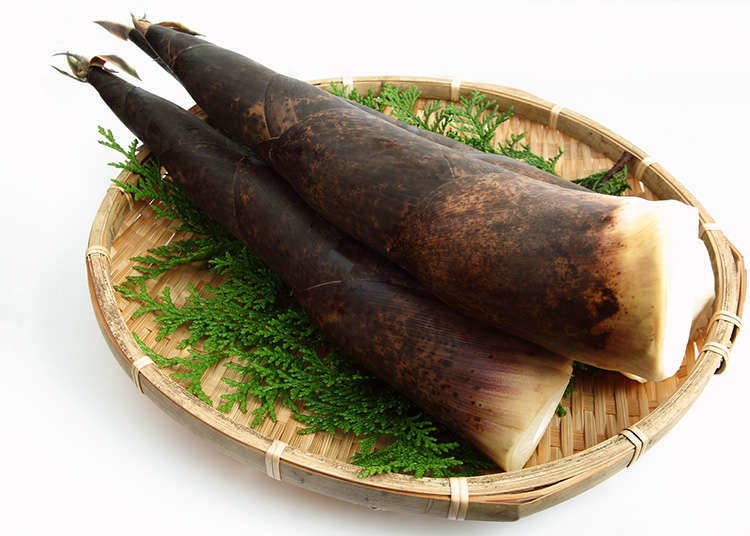
Japanese people have a knack for matching food with each season. Bamboo shoots and Spanish mackerel are best enjoyed in spring. In Summer, cucumbers and sweetfish are recommended. In fall, persimmons and saury are often eaten, and in winter, Chinese cabbage and amberjack are some of the foods that people look forward to.Japanese cuisine is loved for its dishes that bring out the taste of seasonal ingredients.
Multifaceted Cuisine for Every Season and Event
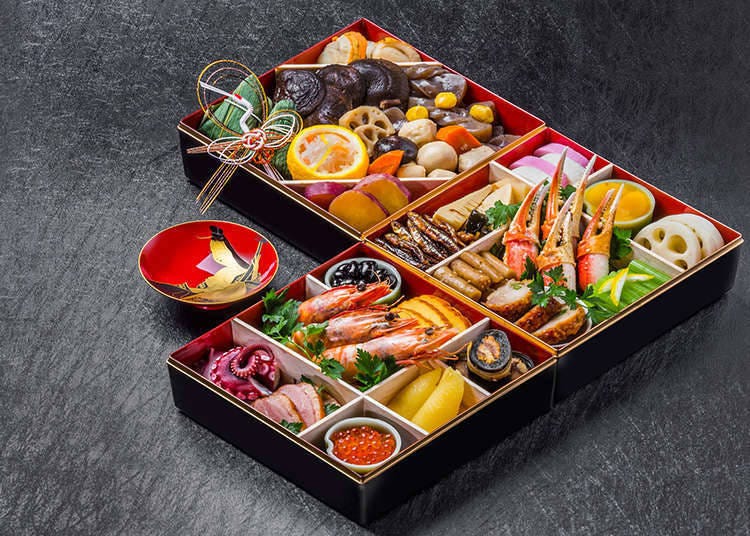
Seasonal and event-related food are very important in Japanese cuisine. On New Year's Day, people eat special New Year's food such as "osechi" (a special New Year's bento) and "ozoni" (a type of soup only eaten over the New Year). There are many other Japanese dishes that go with particular seasons, events, or holidays. For example, on December 21st, the day of winter solstice, people eat Japanese pumpkins to prevent colds. Also, on special occasions, a celebratory "sekihan," red rice made from glutinous rice and red beans, is prepared and eaten.
*Prices and options mentioned are subject to change.
*Unless stated otherwise, all prices include tax.
Recommended places for you
-

Koube Beef Kappo OMOKI Shinnihonbashi
Other Japanese Food
Tokyo Station
-

wagyuutokome Nakatake
Other Japanese Food
Ginza
-

GINZABANSUKESHINJUKUTAKASHIMAYATAIMUZUSUKUEA
Other Japanese Food
Shinjuku
-

Wasui Yaesuten
Other Japanese Food
Tokyo Station
-

Jiraiya
Other Japanese Food
Sendai And Matsushima
-

MomotaroUeno
Other Japanese Food
Ueno
-

Ryuguden: Soak in Front of Mount Fuji At This Legendary Hakone Onsen (In-Depth Review)
by: Yoshika Izumi
-

Step Into the World of Chiikawa: Immersive 'Chiikawa Park' to Open in Ikebukuro's Sunshine City This July!
-

There’s a new museum in Japan, but almost all of its location is a secret
-
Ad

Tokyo Comedy Bar: Where Jokes and Craft Beer Flow Freely
-
Ad

Lapoppo Farm, one of Japan's leading makers of sweet potato treats! An in-depth guide to the secrets behind its popularity, including best-selling products and facilities!
-

Discover Japan Duty Free GINZA: A Unique Shopping Experience in the Heart of Tokyo
by: Chehui Peh
-

Otaru Travel Guide: Inside Hokkaido's Leading Destination (Sightseeing, Food, and Shopping Tips)
-

What are Meibutsu? The Incredible World of Japanese Regional Dishes (Not Just Sushi!)
-

These 16 Things to Do in Hakodate Japan Will Make You Fall in Love With the Northern Wonderland
-

Meals, Manners & More: Your Ultimate Guide to Eating in Japan!
by: Lucio Maurizi
-

Seafood Bowls and More at the Shiogama Seafood Wholesale Market!
-

Fine Japanese Dining in Kyoto! Top 3 Japanese Restaurants in Kiyamachi and Pontocho Geisha Districts
- #best sushi japan
- #what to do in odaiba
- #what to bring to japan
- #new years in tokyo
- #best ramen japan
- #what to buy in ameyoko
- #japanese nail trends
- #things to do japan
- #onsen tattoo friendly tokyo
- #daiso
- #best coffee japan
- #best japanese soft drinks
- #best yakiniku japan
- #japanese fashion culture
- #japanese convenience store snacks













